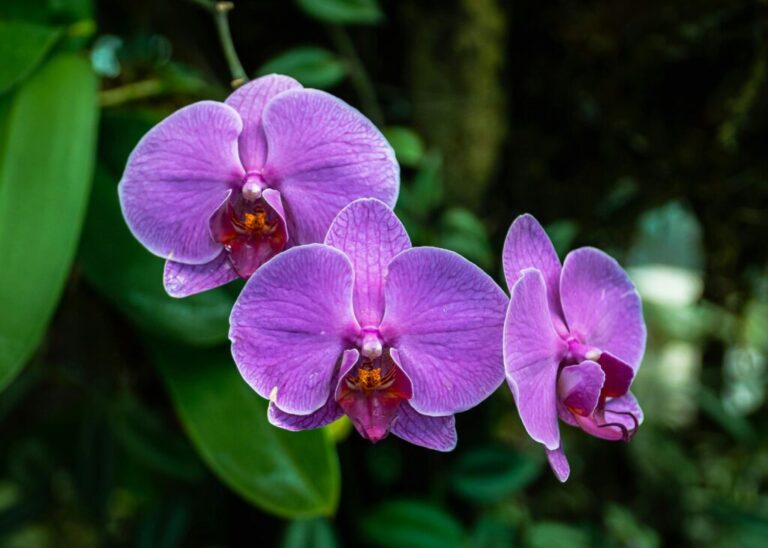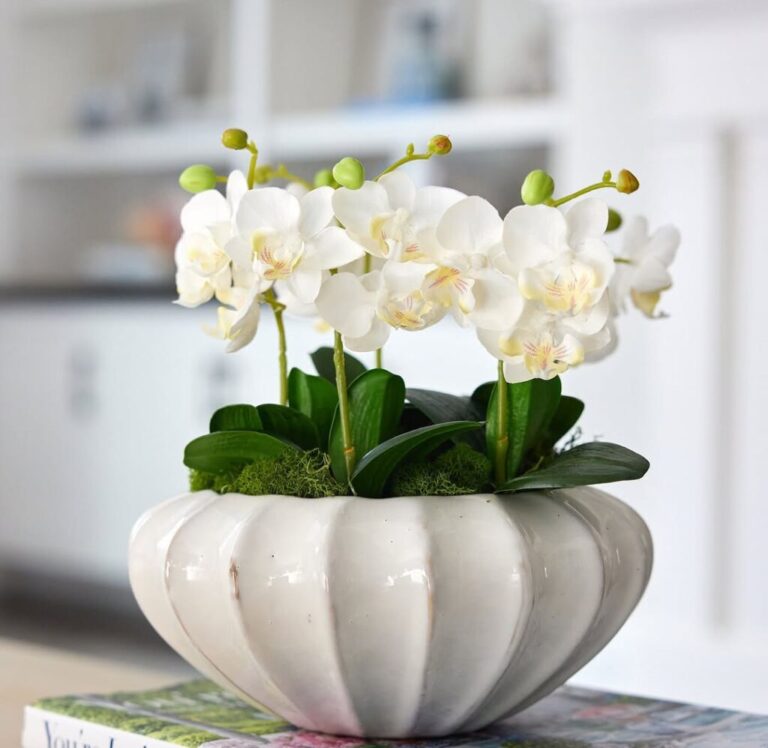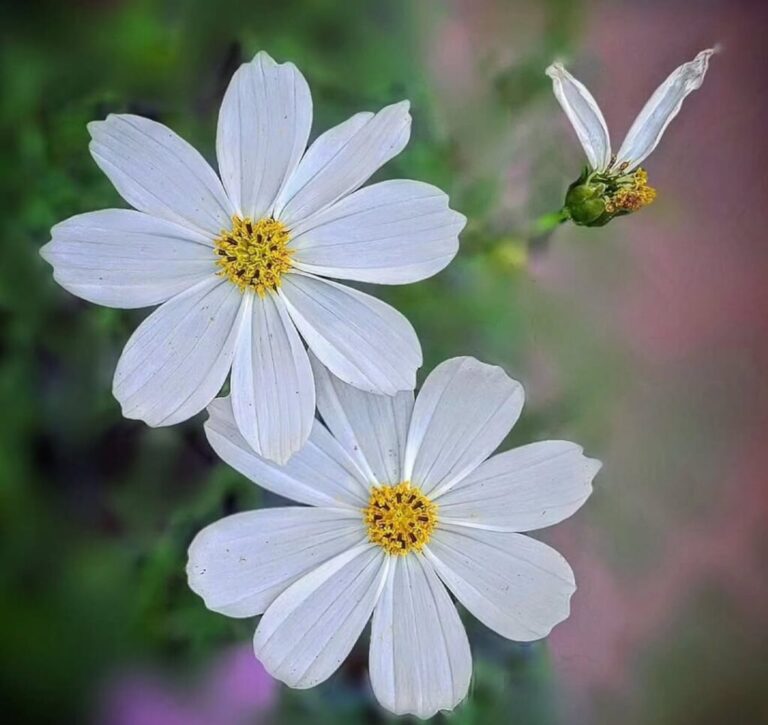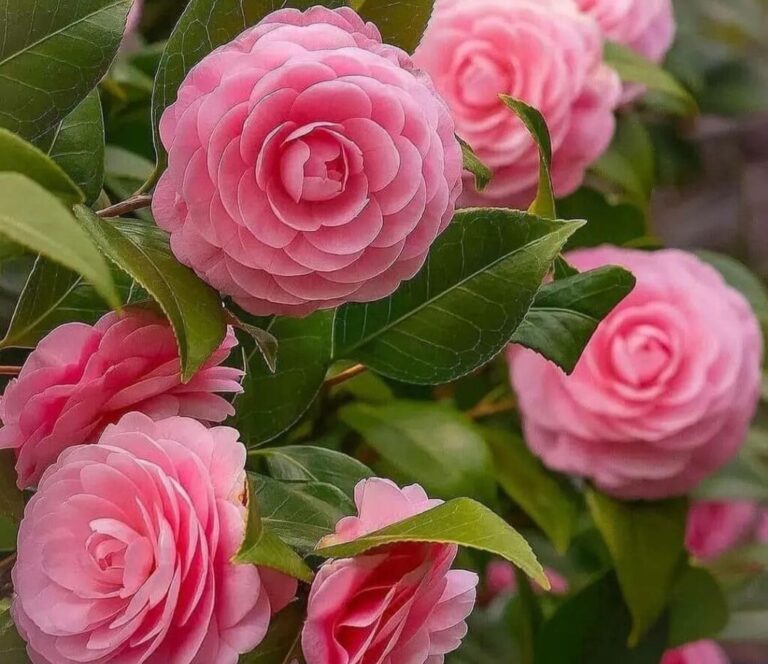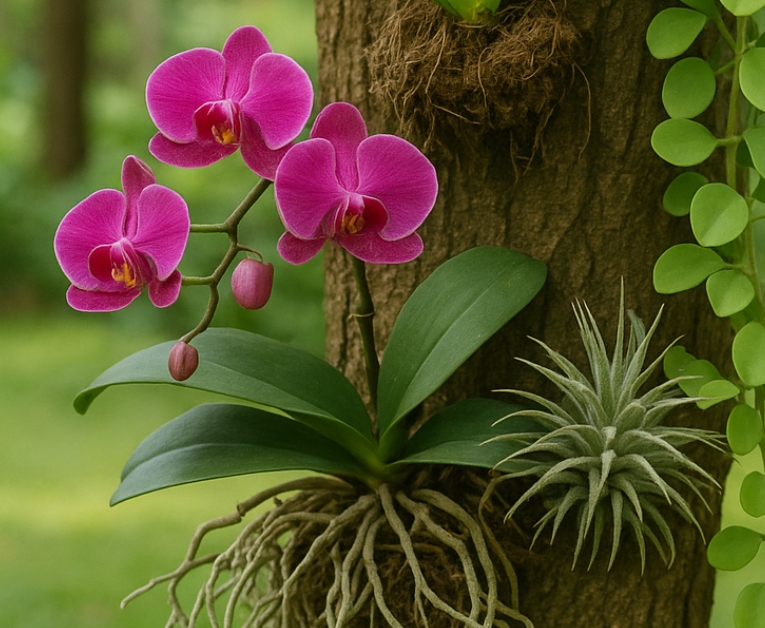Growing orchids in clay balls, also known as semi-hydroponics or LECA (Lightweight Expanded Clay Aggregate) culture, has gained popularity among orchid enthusiasts and horticulturists in recent years. This innovative approach offers unique advantages and challenges, making it a subject of great interest for both beginners and experienced growers.

The primary advantage of using clay balls is their exceptional aeration and drainage properties, ensuring that the orchid roots receive ample oxygen, preventing root rot, and promoting healthy growth. The clay balls also provide excellent stability, preventing the orchids from toppling over. Moreover, the transparent nature of the clay balls allows growers to monitor root health and growth easily.
On the downside, this cultivation method demands a higher level of attention and experience, as it requires finding the right balance of water and nutrients. Overwatering can lead to root suffocation, while underwatering may deprive the orchid of essential nutrients. Additionally, orchids grown in clay balls might need more frequent watering due to the faster drainage rate.
Despite the challenges, growing orchids in clay pots can be immensely rewarding. The enhanced aeration and drainage lead to faster growth and more vigorous blooms. Furthermore, this method can reduce the risk of pests and diseases associated with traditional potting mixes.
In conclusion, growing orchids in clay balls offers a promising alternative for orchid enthusiasts, provided they are willing to invest time and effort to master the technique. The pros, such as improved root health and growth, outweigh the cons, making it a valuable option for achieving successful orchid cultivation.
Tips
Seasonal Adjustments:
Adapt watering and nutrient levels seasonally to accommodate changes in humidity, temperature, and light conditions.
Orchid-Specific Fertilizer:
Use specialized orchid fertilizer for tailored nutrients to support optimal growth and flowering in clay ball cultivation.
Hydroponic System Maintenance:
Regularly inspect and maintain system components to prevent issues that could impact orchid health.
Root Inspection Routine:
Periodically inspect orchid roots by gently removing them from clay balls for early detection of issues and timely corrective actions.
Orchids are captivating and delicate plants that require special care to thrive. One popular method of cultivation is growing them in clay balls, also known as hydroponic orchid culture. Here are the 20 best pros and cons of this method:
Pros of Growing Orchids in clay balls
Excellent Drainage: Clay balls provide optimal drainage for orchids, preventing root rot.
Improved Aeration: The porous nature of clay balls allows air circulation around the roots, promoting healthier growth.
Reduced Risk of Overwatering: Clay balls help prevent overwatering, a common issue with orchids in traditional soil.
Prevents Soil-Borne Pests: Clay balls eliminate the risk of soil-borne pests and diseases, maintaining plant health.
Easy Nutrient Control: In hydroponics, it’s easier to control the nutrient levels in the growing medium.
Faster Growth: Orchids in clay balls may experience accelerated growth due to increased oxygen availability.
Reusable and Environmentally Friendly: Clay balls can be reused multiple times, making them eco-friendly.
Minimal Weed Growth: Since clay balls are weed-free, there’s less competition for nutrients and space.
Ideal for Epiphytic Orchids: Epiphytic orchids thrive in clay-ball environments, mimicking their natural habitat.
Less Mess: Hydroponic setups are cleaner compared to traditional soil-based gardening.
Suitable for Indoor Cultivation: Clay balls allow for indoor orchid cultivation, even in small spaces.
Better Root Health: Clay balls promote robust root development and prevent root circling.
Customizable Nutrient Solutions: Hydroponic systems allow for precise nutrient adjustments based on specific orchid needs.
Reduced Transplant Shock: Orchids transplanted into clay balls often experience less shock during the transition.
Flexibility in Placement: Hydroponic orchids can be placed in various locations, including mounted on walls or displayed in unique setups.
Enhanced Flower Production: Properly cared-for hydroponic orchids can produce more flowers.
Sustainable Water Management: Clay balls retain water efficiently, reducing water waste.
Less fertiliser Runoff: Hydroponic systems release fewer nutrients into the environment, reducing pollution.
Early Detection of Issues: Any problems with the roots or nutrient levels are easier to identify and address.
Educational Experience: Hydroponic orchid cultivation offers a learning opportunity for gardeners interested in unique methods.
Cons Growing Orchids in clay balls
Initial Setup Cost: Setting up a hydroponic system can be more expensive compared to traditional potting.
Learning Curve: It might take time for beginners to understand the nuances of hydroponic orchid care.
Monitoring Required: Regular monitoring of nutrient levels and water is crucial to avoid any imbalances.
Equipment Maintenance: Hydroponic systems require occasional cleaning and maintenance.
Power Dependency: Some hydroponic setups rely on electricity for water circulation and aeration.
Risk of Root Drying: If not adequately watered, clay balls can lead to root drying.
Root Rot Potential: While clay balls improve drainage, improper watering can still lead to root rot.
Nutrient Imbalance: Incorrect nutrient solutions can harm the orchids’ health.
Limited Substrate Choice: Some orchid species may prefer different growing media than clay balls.
No Soil Buffering: Clay balls do not have the buffering capacity that soil provides for nutrient fluctuations.
System Malfunction: Any issues with the hydroponic system can directly impact the orchids’ health.
Algae Growth: Inadequate light control can lead to algae growth on the clay balls.
Temperature Sensitivity: Orchids grown in clay balls might be more sensitive to temperature changes.
Water Quality Concerns: Poor water quality can negatively affect orchids in hydroponic systems.
Risk of Salt Accumulation: Over time, salts can build up in the clay balls, affecting the plant’s well-being.
Limited Root Stability: Some orchids might prefer a more stable root structure than clay balls can offer.
Reliance on Nutrient Solutions: Orchids in hydroponics depend entirely on the nutrient solutions provided.
Space Requirement: Larger hydroponic setups may require significant space.
Limited Aesthetic Variety: Traditional pots and substrates offer a wider range of aesthetic choices.
Initial Experimentation Needed: Finding the right balance of nutrients and care might require some trial and error.
FAQ
How to water orchids in clay pebbles ?
When watering orchids in clay pebbles, it’s essential to water thoroughly. Allow water to run through the pebbles and drain freely. Let the excess water escape, ensuring the roots don’t sit in standing water, which could lead to root rot. Water again when the pebbles are mostly dry but not completely desiccated.
Best clay pebbles for orchids ?
The best clay pebbles for orchids are those that provide excellent aeration and drainage. Look for quality clay pebbles that are clean, pH-neutral, and have uniform sizes. Brands like Hydroton, LECA (Lightweight Expanded Clay Aggregate), and Seramis are popular choices.
Growing orchids in pebbles ?
Growing orchids in pebbles can be beneficial as they provide good aeration and drainage, reducing the risk of root rot. Ensure the orchid’s roots are in direct contact with the pebbles, and water the plant adequately following the guidelines mentioned earlier.
Can you grow orchids on clay pebbles?
Yes, you can grow orchids on clay pebbles. In fact, many orchid enthusiasts prefer using clay pebbles as a growing medium due to their benefits, like improved aeration and drainage.
Mixing clay pebbles with soil ?
Mixing clay pebbles with soil is possible, but it depends on the orchid species and their specific needs. Some orchids prefer a more traditional potting mix, while others thrive in a mix that includes clay pebbles to improve aeration and drainage.
Best clay pebbles for hydroponics ?
For hydroponic systems, it’s essential to use clay pebbles that have been specifically designed for this purpose. Brands like Hydroton or other LECA products are popular choices for hydroponic setups due to their lightweight, pH-neutral properties, and excellent drainage capabilities.


